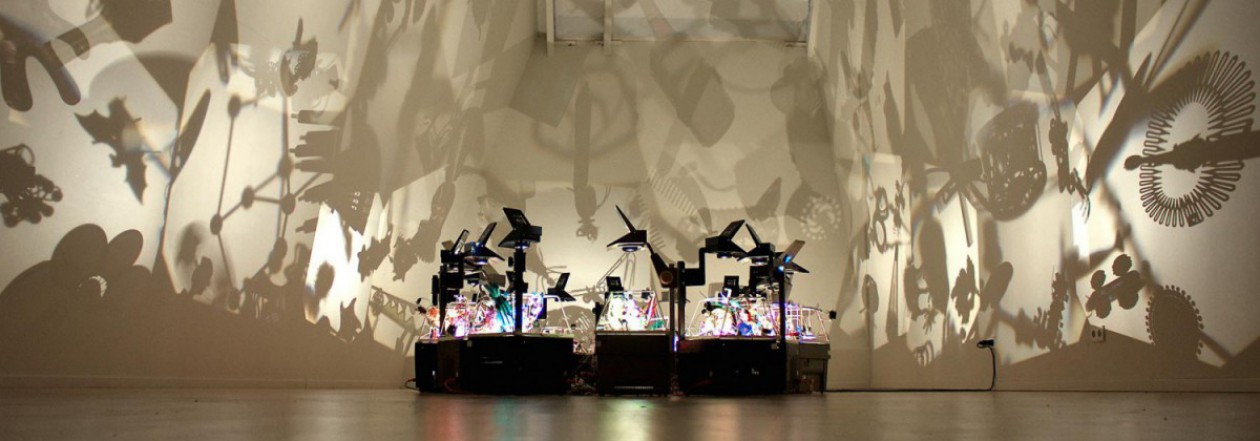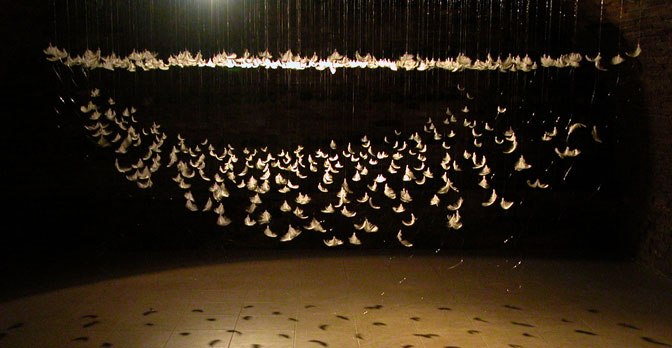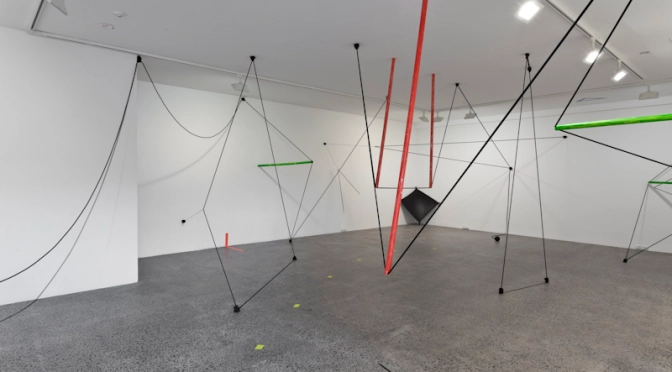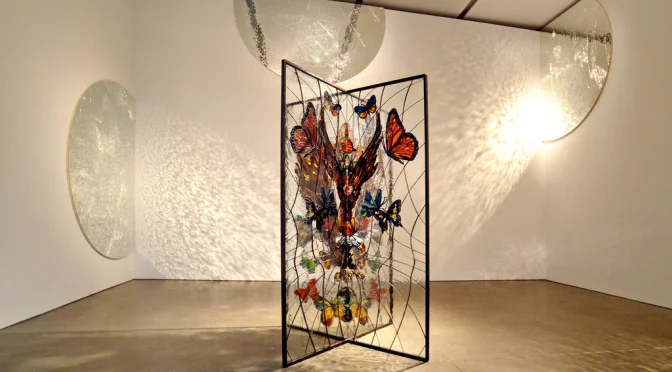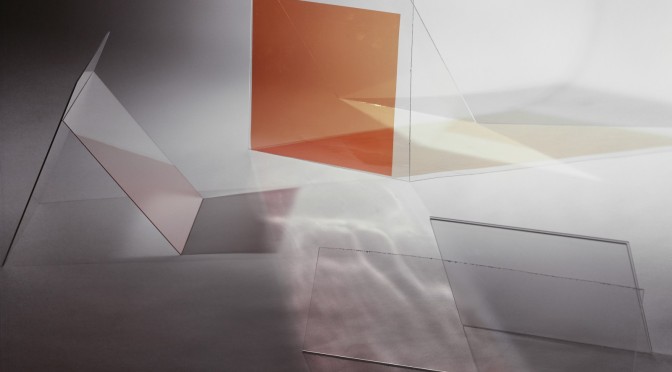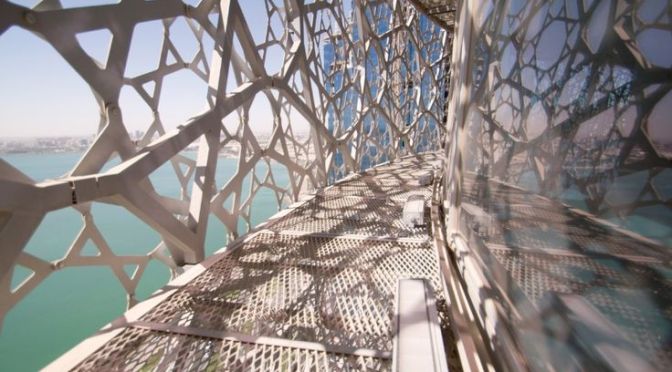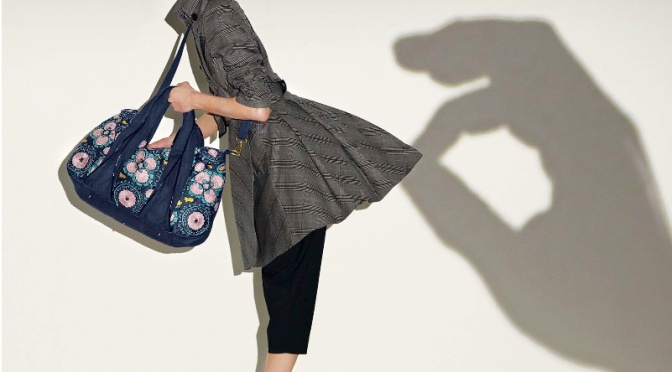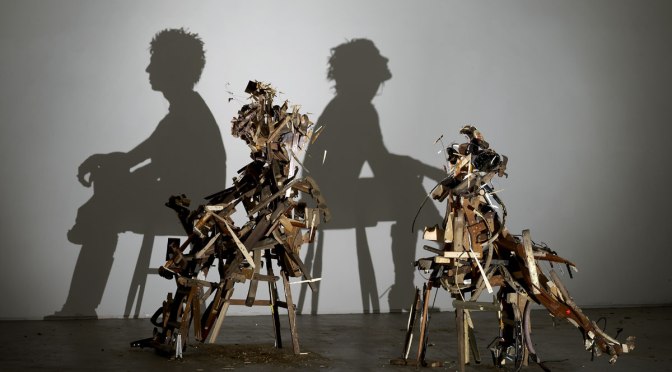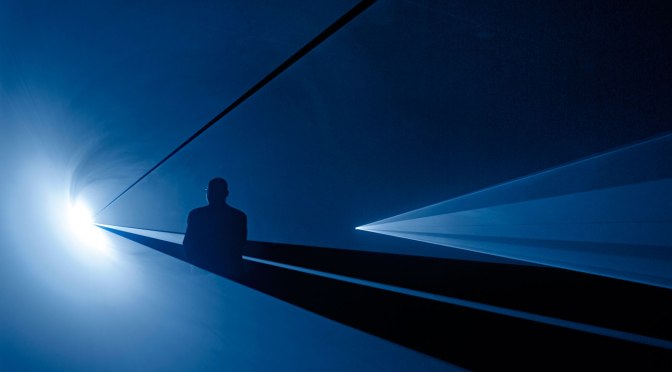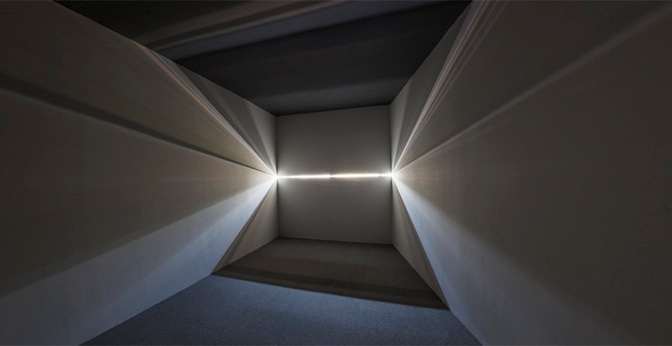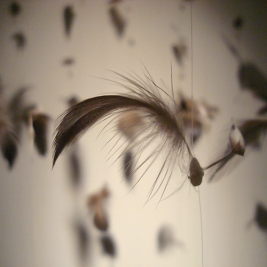 French artist Isa Barbier suspends gull feathers in geometric arrangements, determining each piece’s composition on site. The artist maintains the light and airiness of her chosen medium while presenting them as a geometric entity. There is a duality in her work that is seamlessly effective at exhibiting shape and form as well as abstract freedom. It is this visual juxtaposition of wispy feathers and uniform alignment that especially draws one’s attention to each hanging structure’s uniquely shaped components. Continua a leggere Isa Barbier
French artist Isa Barbier suspends gull feathers in geometric arrangements, determining each piece’s composition on site. The artist maintains the light and airiness of her chosen medium while presenting them as a geometric entity. There is a duality in her work that is seamlessly effective at exhibiting shape and form as well as abstract freedom. It is this visual juxtaposition of wispy feathers and uniform alignment that especially draws one’s attention to each hanging structure’s uniquely shaped components. Continua a leggere Isa Barbier
Archivi categoria: Light and Shadow
Rob Gardiner
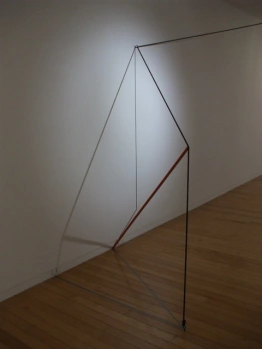 Though he is now widely regarded nationally as a pre-eminent collector and generous patron, administering a charitable trust he established several decades ago, you may not know that Rob Gardiner was for many years associated with the Waikato Society of Arts, an exhibiting community that helped play a key role in the setting up of Hamilton’s public art gallery – now incorporated into the museum. His role grew out of the fact that he was a committed painter, steadily working since the sixties, rarely exhibiting, though constantly researching. Continua a leggere Rob Gardiner
Though he is now widely regarded nationally as a pre-eminent collector and generous patron, administering a charitable trust he established several decades ago, you may not know that Rob Gardiner was for many years associated with the Waikato Society of Arts, an exhibiting community that helped play a key role in the setting up of Hamilton’s public art gallery – now incorporated into the museum. His role grew out of the fact that he was a committed painter, steadily working since the sixties, rarely exhibiting, though constantly researching. Continua a leggere Rob Gardiner
Jim Hodges
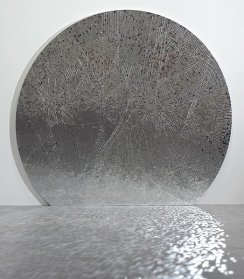 American artist Jim Hodges is known for his singular ability to infuse emotion and narrative into the objects of daily life, creating poignant studies based in temporality, life, and love. This is the first comprehensive survey to be organized in the United States on the work of the New York–based artist. Featuring some 75 pieces produced from 1987 through the present, Jim Hodges: Give More Than You Take brings together photography, drawing, works on paper, and objects rendered in mirror, lightbulbs, silk flowers, and glass alongside several major room-size installations. The exhibition is curated by Olga Viso, executive director, Walker Art Center and Jeffrey Grove, former senior curator of special projects & research, Dallas Museum of Art. The Hammer’s presentation is organized by Connie Butler, chief curator, and Aram Moshayedi, curator. Continua a leggere Jim Hodges
American artist Jim Hodges is known for his singular ability to infuse emotion and narrative into the objects of daily life, creating poignant studies based in temporality, life, and love. This is the first comprehensive survey to be organized in the United States on the work of the New York–based artist. Featuring some 75 pieces produced from 1987 through the present, Jim Hodges: Give More Than You Take brings together photography, drawing, works on paper, and objects rendered in mirror, lightbulbs, silk flowers, and glass alongside several major room-size installations. The exhibition is curated by Olga Viso, executive director, Walker Art Center and Jeffrey Grove, former senior curator of special projects & research, Dallas Museum of Art. The Hammer’s presentation is organized by Connie Butler, chief curator, and Aram Moshayedi, curator. Continua a leggere Jim Hodges
Barbara Kasten
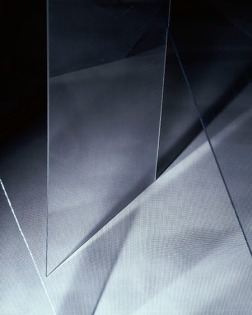 Artist Barbara Kasten’s abstract geometric photographs gained traction amid the spirited postmodernist climate of the 1980s. Mashups of color, shape, and shadow, the pictures represented sculptural assemblages of objects and props in a two-dimensional format. Now, in “Barbara Kasten: Stages,” the first monographic exhibition of her work, approximately 80 pieces from the 1970s to the present are on view at the Institute of Contemporary Art at the University of Pennsylvania. The show traces the artist’s early cyanotypes and works in fiber to her more recognized photo constructs and set design pieces, many of which have found inspiration in modern and contemporary architecture. Continua a leggere Barbara Kasten
Artist Barbara Kasten’s abstract geometric photographs gained traction amid the spirited postmodernist climate of the 1980s. Mashups of color, shape, and shadow, the pictures represented sculptural assemblages of objects and props in a two-dimensional format. Now, in “Barbara Kasten: Stages,” the first monographic exhibition of her work, approximately 80 pieces from the 1970s to the present are on view at the Institute of Contemporary Art at the University of Pennsylvania. The show traces the artist’s early cyanotypes and works in fiber to her more recognized photo constructs and set design pieces, many of which have found inspiration in modern and contemporary architecture. Continua a leggere Barbara Kasten
Louvre Abu Dhabi – Jean Nouvel
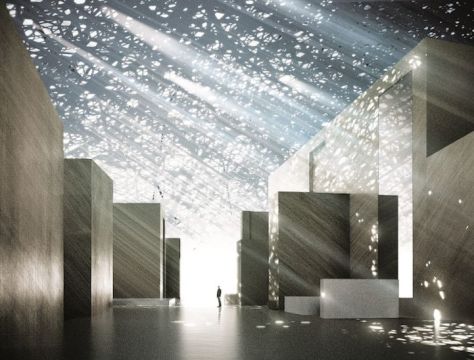 The Louvre Abu Dhabi Museum, designed by Ateliers Jean Nouvel, aims at creating a welcoming world which associates lights and shadows as well as shimmers and calm places in a serene atmosphere. Its objective is to belong to its country, to its history, to its geography, avoiding being either a dull translation of this reality or a pleonasm meaning boredom and convention. It also aims at emphasizing the fascination generated by rare encounters. More images and architects’ description after the break.
The Louvre Abu Dhabi Museum, designed by Ateliers Jean Nouvel, aims at creating a welcoming world which associates lights and shadows as well as shimmers and calm places in a serene atmosphere. Its objective is to belong to its country, to its history, to its geography, avoiding being either a dull translation of this reality or a pleonasm meaning boredom and convention. It also aims at emphasizing the fascination generated by rare encounters. More images and architects’ description after the break.
Every climate likes exceptions. Warmer when the weather is cold, cooler in the tropics. Men have a bad resistance to thermal shocks, as do works of art. The Louvre Abu Dhabi Museum was influenced by such basic observations. It is rather unusual to find a built archipelago in the sea; it is even more uncommon to see that it is protected by a parasol flooded with a rain of lights.
It is not evident to access a museum by boat, or to find pontoons to reach it on foot from the coast, before being welcomed like a much-awaited visitor willing to see unique collections, to consult books in the tempting bookstores, or to stay longer and enjoy the teas, coffees, and local gastronomy. It is both a calm and complex place which clearly stands out in a series of museums that make a point of maintaining their differences and their authenticities.
(Source: http://www.archdaily.com/298058/the-louvre-abu-dhabi-museum-ateliers-jean-nouvel)
Russ and Reyn
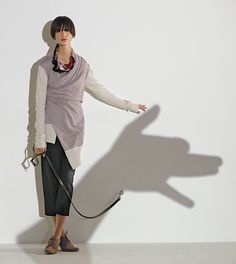 Russ Ford and Reyn Soffe met in college at the University of Utah. Both moved abroad and eventually found themselves in NYC. Russ was a floor trader and Reyn was an Art Director in advertising. When they met up in 2007, they both understood there was something lost in digital photography. The Avedon and Irving Penn days of creating smart, witty, beautiful imagery was gone.
Russ Ford and Reyn Soffe met in college at the University of Utah. Both moved abroad and eventually found themselves in NYC. Russ was a floor trader and Reyn was an Art Director in advertising. When they met up in 2007, they both understood there was something lost in digital photography. The Avedon and Irving Penn days of creating smart, witty, beautiful imagery was gone.
Following in their artistic legacy, Russ and Reyn venture beyond creative boundaries. It has been their goal, to bring back what was lost, with the idea to broaden perspectives and influence the world of photography and film by creating imagery with a modernist tone – spare, cool minimalism, compositional clarity and economy – highly organized images that articulate the abstract play of line and volume, where form becomes style. Continua a leggere Russ and Reyn
Tim Noble and Sue Webster
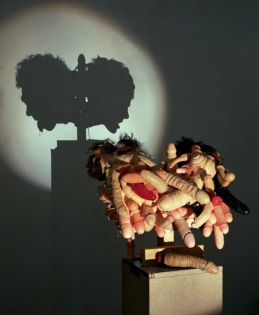 Tim Noble and Sue Webster take ordinary things including rubbish, to make assemblages and then point light to create projected shadows which show a great likeness to something identifiable including self-portraits. The art of projection is emblematic of transformative art. The process of transformation, from discarded waste, scrap metal or even taxidermy creatures to a recognizable image, echoes the idea of ‘perceptual psychology’ a form of evaluation used for psychological patients. Noble and Webster are familiar with this process and how people evaluate abstract forms. Throughout their careers they have played with the idea of how humans perceive abstract images and define them with meaning. The result is surprising and powerful as it redefines how abstract forms can transform into figurative ones. Continua a leggere Tim Noble and Sue Webster
Tim Noble and Sue Webster take ordinary things including rubbish, to make assemblages and then point light to create projected shadows which show a great likeness to something identifiable including self-portraits. The art of projection is emblematic of transformative art. The process of transformation, from discarded waste, scrap metal or even taxidermy creatures to a recognizable image, echoes the idea of ‘perceptual psychology’ a form of evaluation used for psychological patients. Noble and Webster are familiar with this process and how people evaluate abstract forms. Throughout their careers they have played with the idea of how humans perceive abstract images and define them with meaning. The result is surprising and powerful as it redefines how abstract forms can transform into figurative ones. Continua a leggere Tim Noble and Sue Webster
Anthony McCall
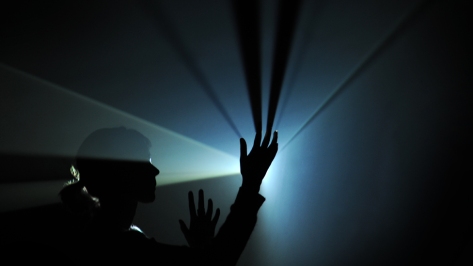 Anthony McCall is known for his ‘solid-light’ installations, a series that he began in 1973 with his seminal Line Describing a Cone, in which a volumetric form composed of projected light slowly evolves in three-dimensional space.
Anthony McCall is known for his ‘solid-light’ installations, a series that he began in 1973 with his seminal Line Describing a Cone, in which a volumetric form composed of projected light slowly evolves in three-dimensional space.
Occupying a space between sculpture, cinema and drawing, his work’s historical importance has been internationally recognized in such exhibitions as Into the Light: the Projected Image in American Art 1964-77 at the Whitney Museum of American Art, New York (2001-2); The Expanded Screen: Actions and Installations of the Sixties and Seventies at the Museum Moderner Kunst, Vienna, Austria (2003-4); The Expanded Eye at the Kunsthaus Zurich, Switzerland (2006); Beyond Cinema: the Art of Projection at Hamburger Bahnhof, Berlin, Germany (2006-7); The Cinema Effect: Illusion, Reality and the Projected Image at the Hirshhorn Museum, Washington, DC (2008); The Geometry of Motion 1920s/1970s at the Museum of Modern Art, New York (2008); and On Line at the Museum of Modern Art, New York (2010-11).
Chris Fraser
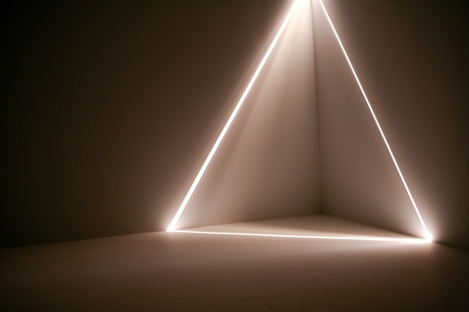 The camera obscura is one of the world’s oldest, simplest devices, dating back at least to the times of Aristotle. It’s a dark box (or room) with a hole drilled in one side. When light shines through this hole, it projects a perfect image from the outside world that has been flipped upside down. Continua a leggere Chris Fraser
The camera obscura is one of the world’s oldest, simplest devices, dating back at least to the times of Aristotle. It’s a dark box (or room) with a hole drilled in one side. When light shines through this hole, it projects a perfect image from the outside world that has been flipped upside down. Continua a leggere Chris Fraser
